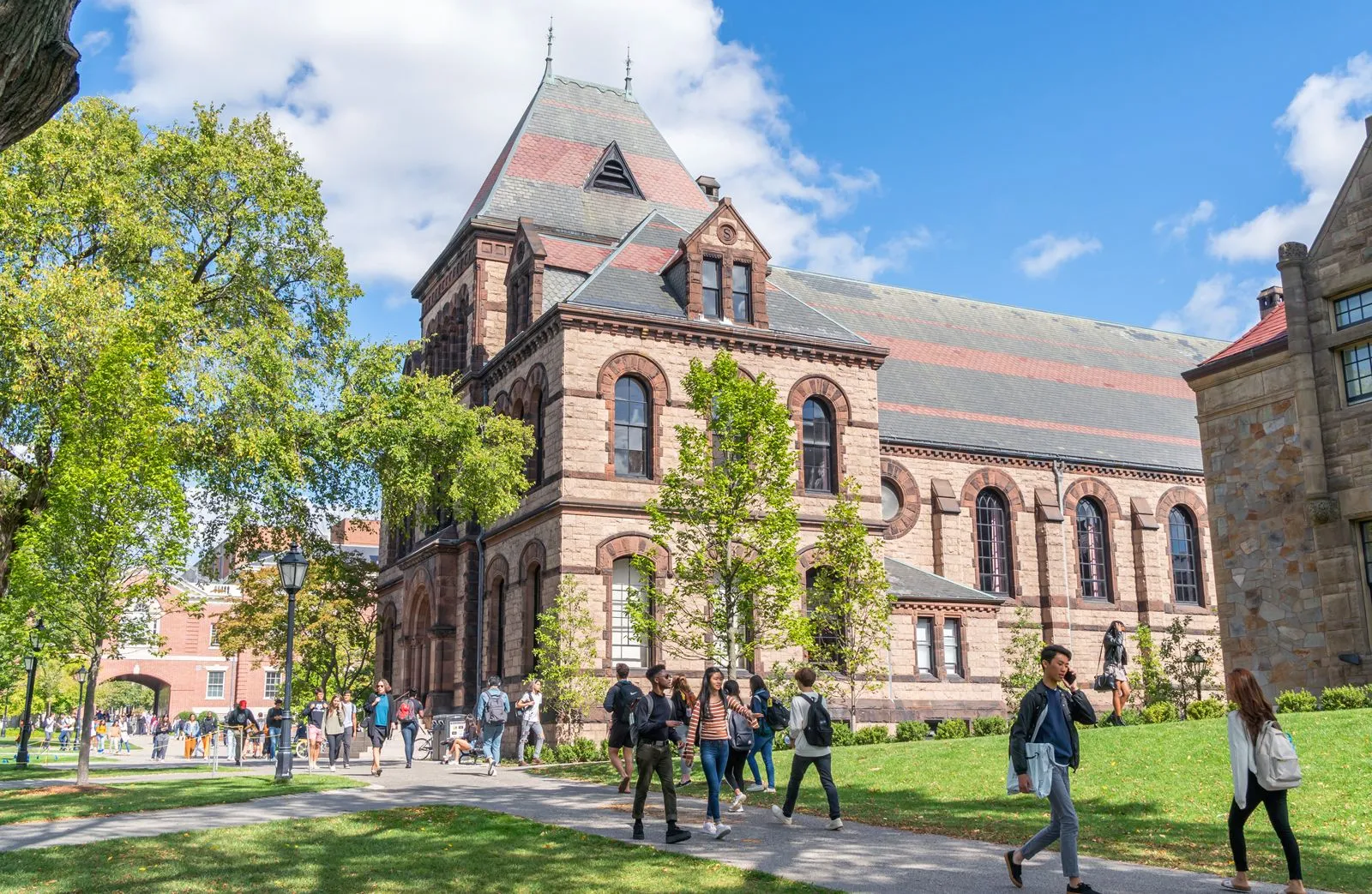
Brown University Transfer Acceptance Rate: The Office of College Admission looks to admit candidates who will succeed academically and contribute to Brown’s undergraduate community, given the university’s highly selective admissions process.
They search for candidates who have exhibited involvement both inside and outside of the classroom and who plan to do so at Brown.
To fully reflect the diversity of identity and perspective that exists in the country and around the world, Brown’s undergraduate student body welcomes transfer students from a wide range of backgrounds and perspectives.
Overview of Brown University
One of the oldest Ivy League schools, Brown University is known for its distinctive academic culture and dedication to intellectual exploration. It is situated in Providence, Rhode Island.
Students are free to customize their educational paths based on their interests and passions, thanks to the open curriculum. Many students find it to be their first choice because of the appealing campus life and diverse community.
There’s an instant buzz of excitement and energy when you walk onto the Brown University campus. An inspiring and friendly atmosphere is created by the historic buildings, verdant green spaces, and lively student activity. Students from all over the world unite to create a close-knit community that pushes and encourages one another.
READ ALSO!!!
- Ripon College Acceptance Rate for Students 2024
- Amda College of Performing Arts Acceptance Rate 2024
- Wagner College Acceptance Rate for Students 2024
- UCSB Transfer Acceptance Rate and Requirements 2024
- Holy Cross College Acceptance Rate for Students 2024
What is Brown University Transfer Acceptance Rate?
Brown University has a comparatively low transfer acceptance rate considering its status as an elite Ivy League school. Out of the 2,744 transfer applicants in the fall 2023 admissions cycle, only 112 were accepted.
The university is selective and dedicated to admitting students who best fit its academic culture and ethos, as evidenced by the most recent statistics, which show a rate of 4.1%.
Although the percentage may depress some, it only indicates that Brown values quality and fit more highly than sheer enrollment. This focus on a small, close-knit community adds to the intellectually stimulating atmosphere that makes Brown renowned.
Why Should I Transfer to Brown?
The open curriculum at Brown is the primary factor that attracts students. It gives undergraduate students more options when it comes to selecting their courses than most other universities.
This means that instead of following a predetermined curriculum with courses that must be completed to graduate, students can pursue subjects that interest them. Brown distinguishes itself from other Ivy League universities with its open curriculum.
Although this could be a major factor in “why” you want to attend Brown, we advise against making it your only motivation. Respond to the application’s “Why Transfer” essay question that is specifically related to your interests and time spent on campus.
You can demonstrate that you took the time to learn about Brown’s clubs, schools, facilities, classes, teachers, and other features by coming up with something original. Students who will have an influence both on campus and after graduation are sought after by Brown.
Candidates who have a strong commitment and understanding beyond academics are what they want to admit. Candidates must be prepared to engage in both on- and off-campus activities, fully immersing themselves in experiences like founding nonprofit organizations or volunteering for causes close to their hearts.
Can I Apply to Brown as an International Student?
The application process for international students wishing to attend college in the US is frequently even more demanding. International applicants find it even more difficult to be admitted into Ivy League universities, in addition to the application being more complicated.
Even though the number of international students admitted is uncapped, each transfer cycle, we’ve only seen a small number of them get admitted. International students are admitted to Brown.
International candidates must submit a few more requirements in addition to the same application process as domestic students.
The Test of English as a Foreign Language (TOEFL), the International English Language Testing System (IELTS), or Duolingo must be taken by applicants as evidence of their English proficiency. See the Brown University website for additional information about test results.
It’s also critical to note that federal financial aid is not available to international students. On the other hand, they could apply for Brown’s institutional aid.
Financial aid applications will submit their supporting documentation via a different application procedure. For further information, visit the university’s website.
READ ALSO!!!
- Florida University Acceptance Rate and Tips for Applicants
- University of Washington Acceptance Rate Out of-State
- TOURO College of Osteopathic Medicine Acceptance Rate 2024
- Boston College Nursing Acceptance Rate for Students 2024
- University of Florida Acceptance Rate Out of State
Conclusion
In summary, the data regarding Brown University’s transfer acceptance rate illuminates the competitive character of the admissions procedure for transfers.
A strong academic record and an effective application are necessary for success because only a small percentage of applicants are accepted each year. Even though the numbers might seem overwhelming, it’s crucial to keep in mind that they are only one component of the picture.
The decision-making process also heavily weighs other elements like extracurricular activities, recommendation letters, and personal essays.
In the end, prospective transfer students ought to make an effort to submit a well-rounded application that highlights their distinct goals and strengths.
Aspiring transfer students can increase their chances of becoming a part of Brown University’s prestigious community by being committed, persistent, and knowledgeable about the transfer acceptance rate statistics.






